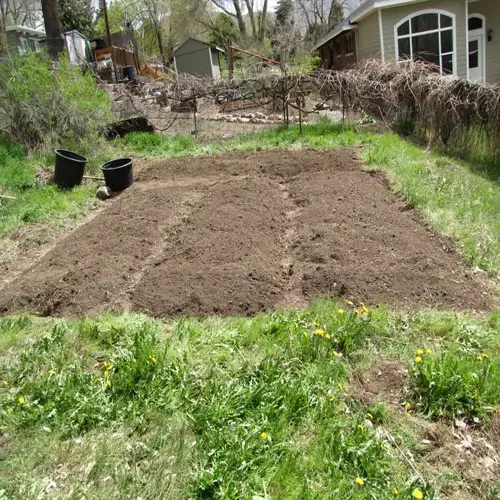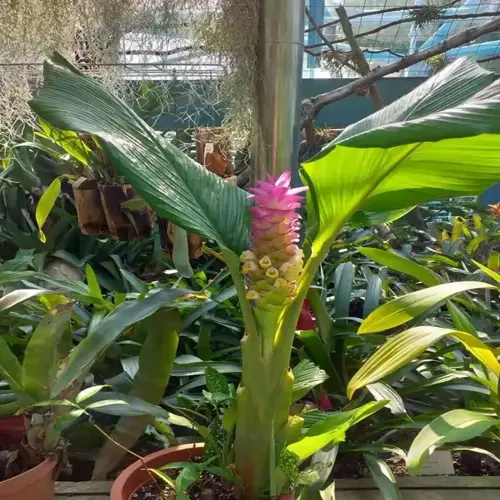What is the most effective method for propagating succulents?

Written by
Julia Anderson
Reviewed by
Prof. Charles Hartman, Ph.D.Leaf propagation is by far the best method for propagating succulent plants. Leaf propagation refers to the process of using mature plant parts to produce multiple genetically identical new plants. This process works for hundreds of succulents. While it may take some time, it's worth it when you're getting free plants! The key is to start with healthy leaves.
Leaf Selection
- Choose plump undamaged leaves from the plant base
- Gently twist leaves until they snap off cleanly
- Avoid using young or diseased leaves for propagation
Callousing Process
- Let leaves dry in shade for 3-7 days
- Wait until cut ends form protective crusts
- Humid climates require longer drying periods
Soil Preparation
- Use shallow trays filled with fast-draining soil
- Mix equal parts potting soil and perlite
- Pre-moisten soil before placing leaves
Root Development
- Position leaves on soil without burying them
- Provide bright indirect light daily
- Mist soil lightly when surface dries completely
Correct positioning makes a huge difference in propagation success. Place leaves top-side up on the soil surface and leave them uncovered. This provides the base area with contact to the soil and the curvature to capture light. I set mine up like a little boat launch. Never plant bleah.
Proper lighting is essential for root development. Begin cuttings in bright indirect light and switch to morning sun at 2 weeks. It should only be sunny for a couple of hours, to keep the tender cuttings from getting scorched. With cuttings, I use sheer curtains to soften and shield them from the harsh afternoon sun. A set of artificial grow lights placed about 6 inches above works great.
The watering technique will determine whether you succeed or fail. You should moisten the top of the substrate only when the top has dried completely. Overwatering leads to rot; underwatering results in stunted growth. Always check the moisture level of the substrate with a gentle touch before watering. I lift trays to assess weight changes to determine moisture content.
Each type varies in time to develop. Sedums are fast-growing plants; you can see roots in as little as two weeks. Slow ones like Echeverias take six weeks to show any progress. Pups typically appear after three weeks of rooting. I label all cuttings with the date so I can follow their path.
Troubleshoot problems as soon as they occur. Prune the rotting leaves to prevent further spread of the disease. Provide more airflow when mold arises. Evaluate any leggy growth as it indicates a lack of light. Be sure to address each issue as it occurs during your propagation process. A little patience yields healthy new plants.
Read the full article: How to Propagate Succulents: A Complete Guide

